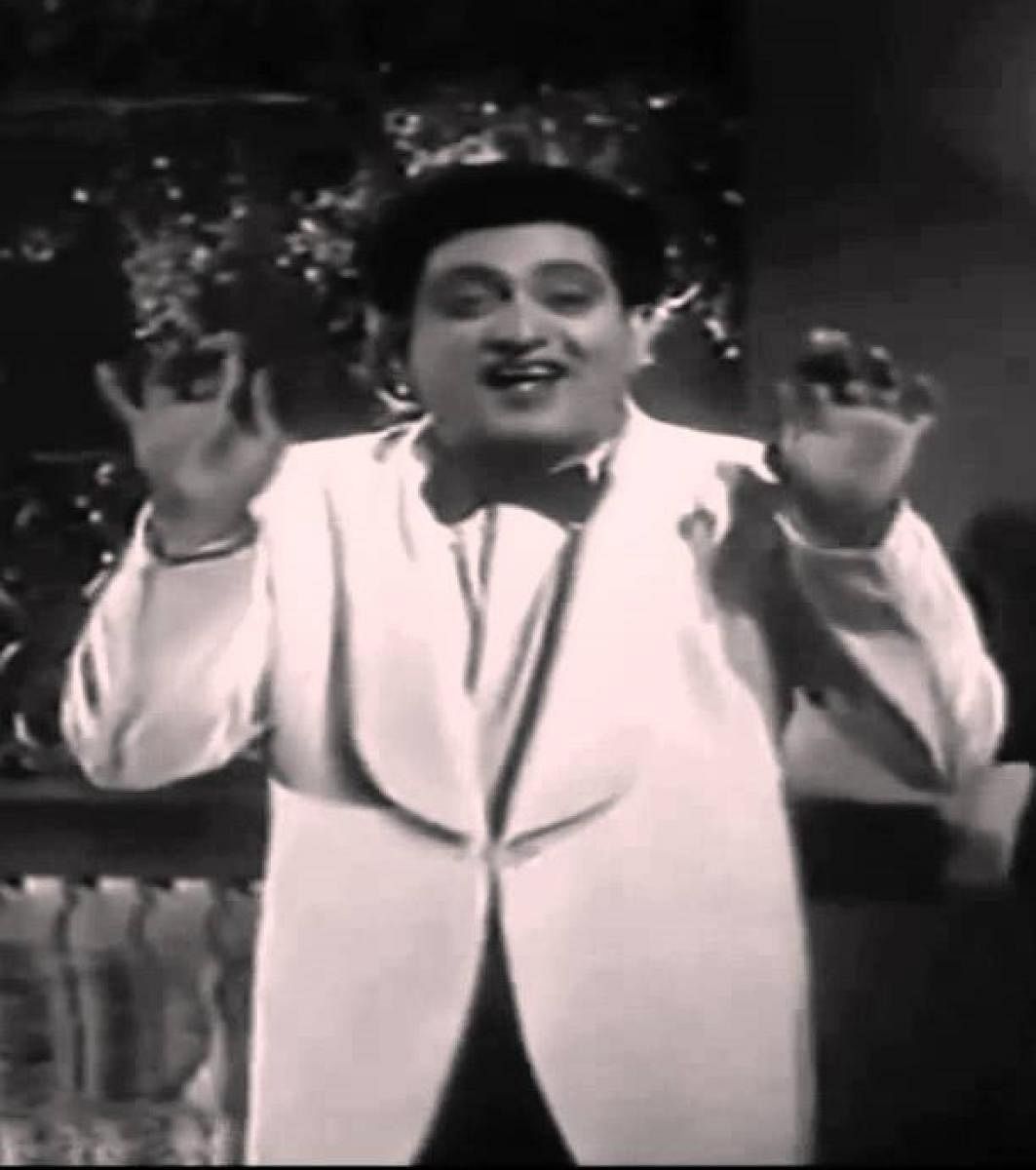
Often children are taught to recite a devotional song before going to bed. When I was a baby, my father used to sing the most melodious ‘Dhire se aaja ri ankhiyan me, Nindiya aaja ri aaja, Dhire se aaja’— a lullaby composed by the legendary music director C Ramachandra for the 1951 Hindi movie ‘Albela’—as I slept. I continued the tradition by singing the same lullaby to my children.
I grew up in an area populated largely by north Indians. I would often watch the groom’s family dancing to Bollywood music, as part of the ‘Baraat’ during weddings. The most popular song, then, was a dance number ‘Bholi Surat Dil Ke Khote’, also from the movie ‘Albela’. Everyone danced in a particular style; for the longest time, I thought everyone is trying to imitate the great Amitabh Bachchan. Later, I realised that they were actually copying the original ‘Bhagwan’, who was fondly called ‘Bhagwan Dada’ by everyone.
His career peaked with the classic, 'Albela'. The songs from the movie still have the ability to get people grooving.
The moves featured in the song are so easy that almost anyone can imitate the steps. ‘Shola Jo bhadake’, another song from the movie continues to be a part of the playlist at many parties.
Though he acted, directed and produced a number of movies, it is this particular film that made him immortal.
I adore Govinda’s dance moves and his dramatic expressions. When I closely observe his style, I realise that it was inspired by none other than Bhagwan, whose subtle movements and expressions were simply loveable.
The first half of Bhagwan’s life, a ‘rags to riches’ story, was nothing short of inspiring. Son of a textile mill worker, he too, worked as a labourer. So fascinated he was by cinema, it was all that he thought about. He wiggled his way in with minuscule roles in silent films. His hard work and dedication to filmmaking process led him to make his own films. Usually essaying the role of a simpleton, he was very popular amongst everyone, especially the working classes.
He ventured into production with Jagruti Pictures and set up Jagruti Studios in Chembur in 1947. His success allowed him to buy a 25-room bungalow with a huge landscape in Juhu, Mumbai’s upmarket, posh area.
He also had seven cars for each day of the week. He also directed a string of low-budget action films, with the Tamil movie ‘Vana Mohini’ (1941) being one of his most noted works.
The second half of his life took a very depressing and heartbreaking turn; no one who admired him would want to know the details. I definitely don’t want my children to remember the Bhagwan of later years.
I wish they would continue my family tradition, and sing the same lullaby to their children. That way Bhagwan Dada’s songs, dances, expressions and most importantly, the man himself, will continue to stay in the same glory with me and my family forever.